No two design projects are the same, and the creative teams must, therefore, take some time out to consider which commercial printing method to resort to based on timescale, budget, volume, quality, and purpose. The most popular methods today are the classic offset printing and the more modern digital prints. To be able to make an informed decision, it is important to understand the perks and pitfalls of each technology.
Digital Printing: The Advantages
Digital printing is extremely fast and is absolutely the best choice if you’re on a tight schedule. Digital printing is relatively inexpensive and makes a lot more sense if your print job is low-volume. The proofing for digital printing is tremendously accurate, and you can get detailed samples of your print job very quickly, allowing you to get a fair idea of what the final output will look like for a fraction of the price. Colors, images, and text can easily be played around with even during the print process without causing much of a hassle. Variable data printing, related to databases is also pretty easy to set up for a good printing firm. If you are looking for an affordable and quick print job, digital printing is for you.
Digital Printing: The Cons
Sure, digital printing technology is making constant leaps of progress, but the quality is still nowhere close to the sheer beauty rendered by the traditional offset printers. Offset printers also offer a much wider range of finishes, ink, and paper, and use the Pantone matching system and other technologies to deliver amazingly accurate colors, compared to which the four-color digital printing process is practically nothing. The print paper also doesn’t fully absorb digital printer ink, meaning cracks could appear in the colored areas near the folded edges. You would never see such issues with offset printing.
Offset Printing: The Plus Points
Offset printing is still the undisputed best technology when it comes to quality, sharpness and color reproduction. The computer-to-plate-system is capable of delivering magnificent quality printouts. You are allowed to choose from a much larger range of materials to print on unusual sizes of paper or other surfaces. Offset printers can also render new finishes and use new inks without any issues, and are also the number one choice for spot varnishes and other special effects. Be sure to find the best commercial printing Mumbai company to get the most out of your print job.
You can also use Pantone inks with the Pantone matching system, which allows you complete control over color, and near-perfect accuracy, far superior to anything digital printers would be able to deliver. For high volume projects especially, the traditional offset printing is definitely quicker as well as more effective. It doesn’t work out very cheap for low volumes because most of the costs involved are for setting up the press and related apparatus. For large projects, though, once the setup is done, it is quite easy to get up and running.
Offset Printing: The Downsides
Customizing and personalizing offset printing is a fairly difficult process, as it would involve adjusting the entire printer setup, which gives digital printing the upper hand on this count. Offset printing is more time consuming and costly for print jobs of lower volume and the higher unit prices for shorter print runs may not be worth the effort.
In the end, your budget and your constraints usually end up making the decisions for you, but if you really do want to make a proper decision, it would be best to tabulate all your needs against the advantages of each system and find out which would be the best for you. Most importantly, you must choose a reputed, reliable printing firm to get the job done in the best way possible.
Isabella Rossellini is a writer and writes her own blogs. She wrote many articles on fashion, beauty, food, technology, education etc.

1 Comment
Leave a Reply
Cancel reply
Leave a Reply
This site uses Akismet to reduce spam. Learn how your comment data is processed.







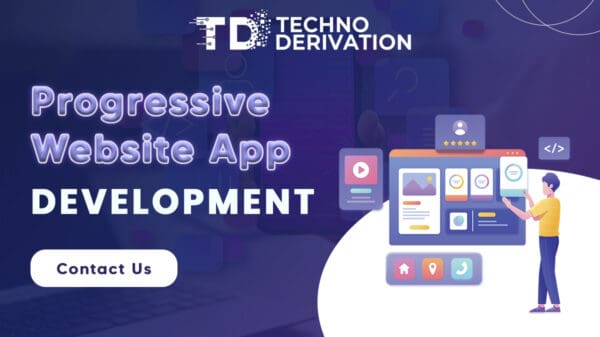

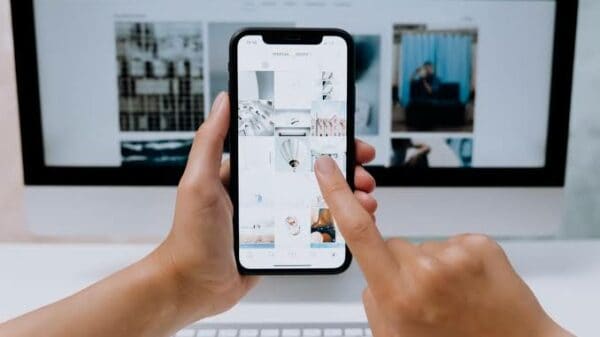

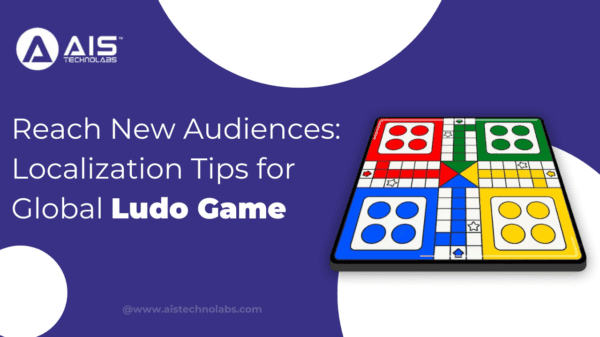


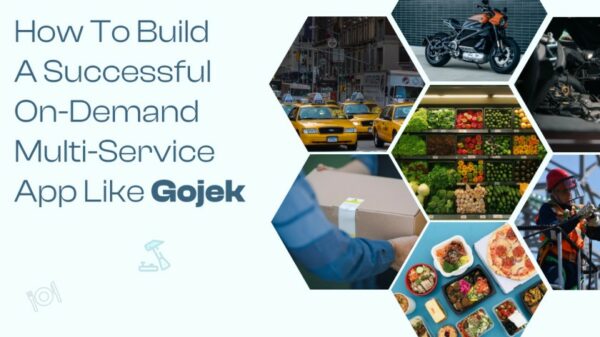






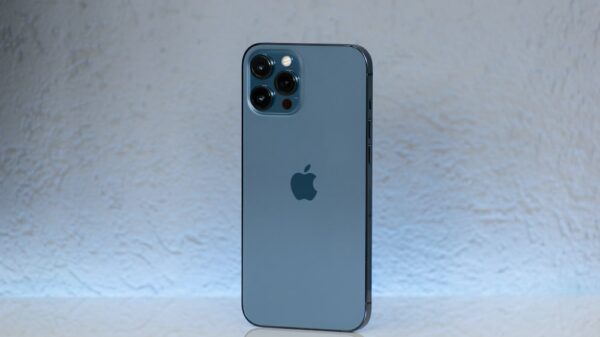




















































































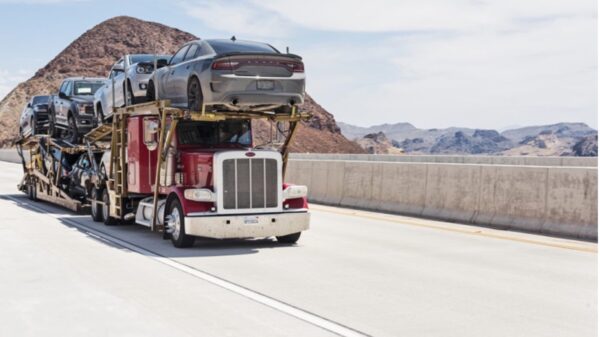






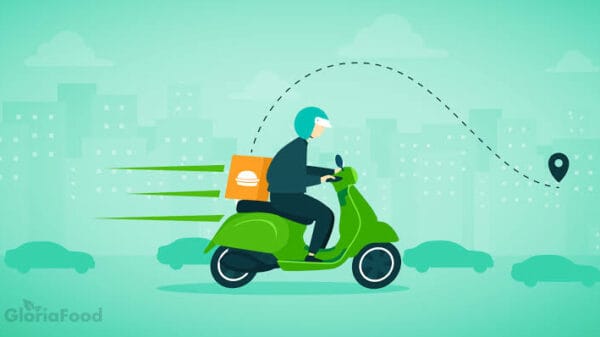






























































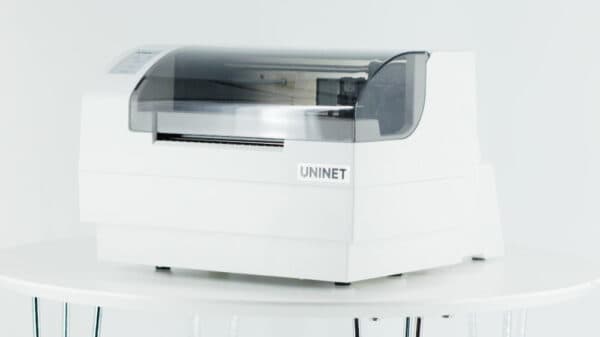



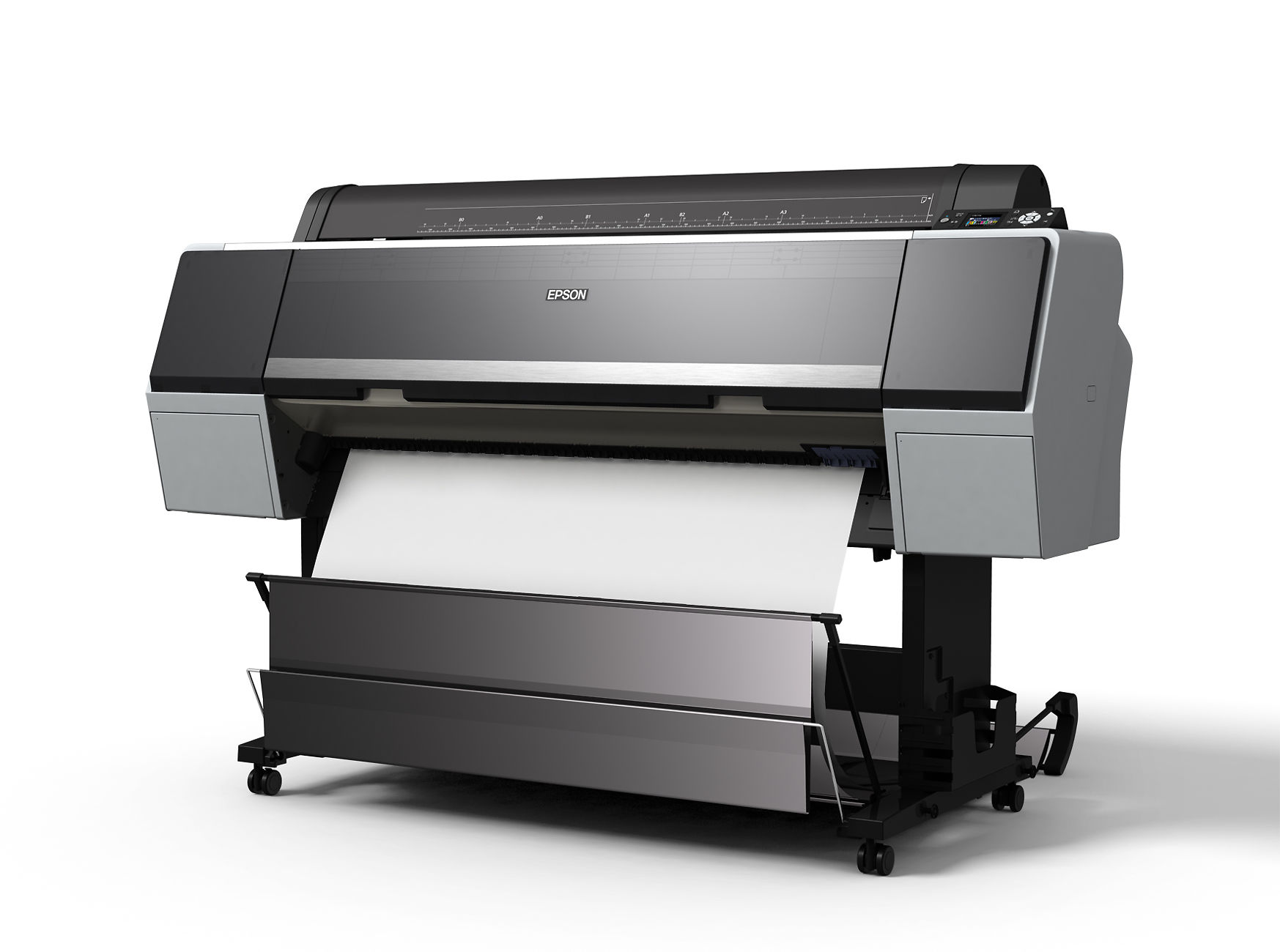
Jeffrey Ito
August 4, 2016 at 9:07 pm
Wonderful and informative article. Thanks Isabella!